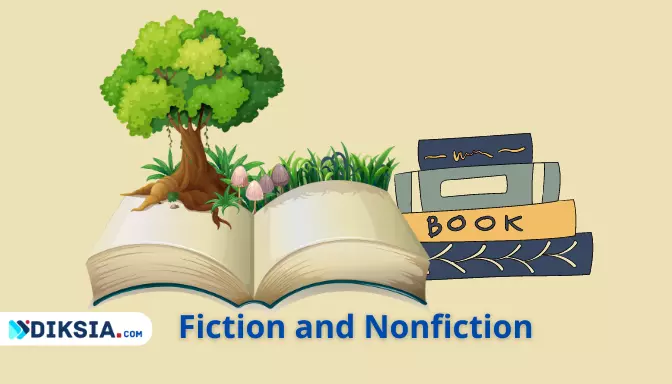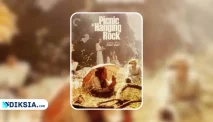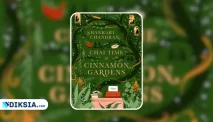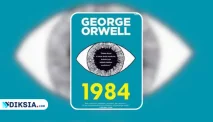Diksia.com - Fiction and nonfiction are two broad categories of writing that have different purposes, characteristics, and audiences.
Knowing how to distinguish them can help you improve your reading comprehension, writing skills, and critical thinking.
In this article, we will explore the main differences between fiction and nonfiction, as well as some examples and tips for each genre.
What is fiction?
Fiction is a type of writing that is based on the author’s imagination and creativity. Fiction can include elements of fantasy, science fiction, romance, horror, mystery, historical fiction, and more. Fiction aims to entertain, inspire, or provoke the reader’s emotions and imagination.
Fiction can also convey themes, messages, or insights about human nature, society, or culture through the use of literary devices such as symbolism, metaphor, irony, or allegory.
Some examples of fiction are:
- Harry Potter by J.K. Rowling
- The Lord of the Rings by J.R.R. Tolkien
- Pride and Prejudice by Jane Austen
- The Hunger Games by Suzanne Collins
- The Da Vinci Code by Dan Brown
What is nonfiction?
Nonfiction is a type of writing that is based on facts, information, and reality. Nonfiction can include genres such as biography, autobiography, memoir, essay, journalism, history, science, self-help, travel, and more.
Nonfiction aims to inform, educate, persuade, or explain something to the reader. Nonfiction can also express the author’s opinions, perspectives, or arguments about a topic or issue through the use of evidence, logic, or rhetoric.
Some examples of nonfiction are:
- The Diary of a Young Girl by Anne Frank
- A Brief History of Time by Stephen Hawking
- The 7 Habits of Highly Effective People by Stephen R. Covey
- Into the Wild by Jon Krakauer
- I Have a Dream by Martin Luther King Jr.
How to tell fiction and nonfiction apart?
One of the easiest ways to tell fiction and nonfiction apart is to look at the cover or title of the book or article. Usually, fiction will have a more creative or catchy title that hints at the genre or plot of the story.
Nonfiction will have a more descriptive or straightforward title that summarizes the main idea or purpose of the text.
Another way to tell fiction and nonfiction apart is to look at the content or structure of the text. Fiction will have characters, settings, dialogue, plot, conflict, and resolution that are invented by the author.
Nonfiction will have facts, data, statistics, quotes, sources, headings, subheadings, and references that are based on research or experience.
A third way to tell fiction and nonfiction apart is to look at the tone or style of the text. Fiction will have a more expressive or artistic tone that reflects the author’s voice or mood.
Nonfiction will have a more objective or formal tone that conveys the author’s credibility or authority.
Why does it matter?
Knowing the difference between fiction and nonfiction can help you improve your reading comprehension and writing skills in various ways. For example:
- Reading fiction can help you develop your imagination, creativity, empathy, vocabulary, and cultural awareness.
- Reading nonfiction can help you expand your knowledge, critical thinking, analytical skills, and factual accuracy.
- Writing fiction can help you express your ideas, feelings, stories, or messages in an engaging and original way.
- Writing nonfiction can help you communicate your information, opinions, arguments, or explanations in a clear and convincing way.
In conclusion, fiction and nonfiction are two types of writing that have different purposes, characteristics, and audiences.
Fiction is based on the author’s imagination and creativity, while nonfiction is based on facts and information.
Fiction aims to entertain, inspire, or provoke the reader’s emotions and imagination, while nonfiction aims to inform, educate, persuade, or explain something to the reader.
Knowing how to tell fiction and nonfiction apart can help you improve your reading comprehension, writing skills, and critical thinking.
Whether you prefer fiction or nonfiction, or both, you can always find something to enjoy and learn from these two genres of writing.






